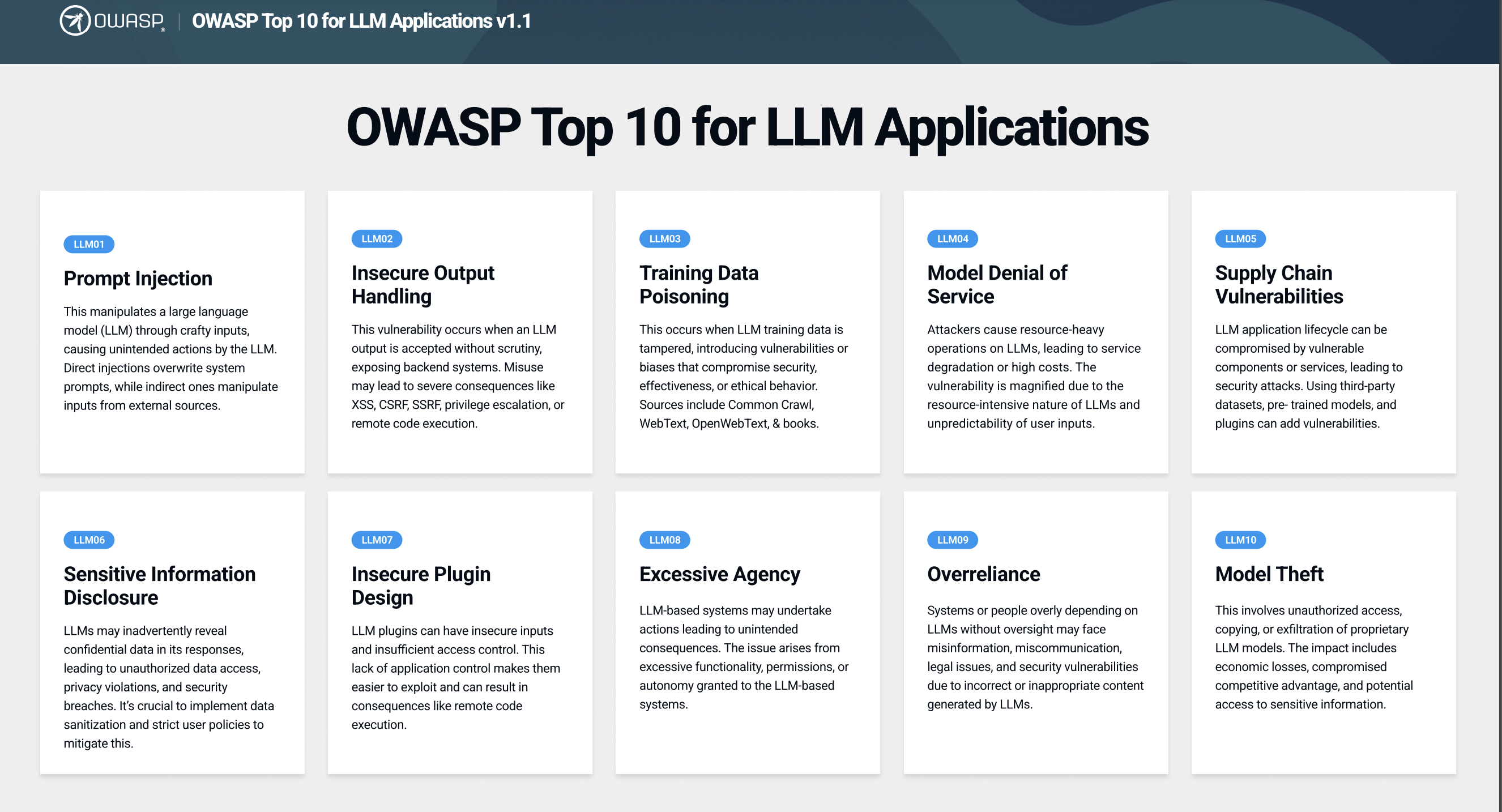Computational Design Science in Information Systems Research
Computational Design Science: A Critical Information Systems Research Area Contributing to AI and Data Science
speaker: Prof. Xiao Fang
Information Systems (IS) Research
-
IS research centers on the interactions between information technology (IT) and people, organizations, and society that utilize IT to achieve their goals (Lee, 1999 in MISQ).
-
Design science paradigm designs and evaluates novel IT artifacts that enable people, organizations, and society to accomplish their objectives (Hevner et al. 2004 in MISQ).
Computational Design Science (CDS) Research
-
Aims: to develop novel computational algorithms and methods to solve important business and societal problems with significant impacts (Chen 2007 in MISQ).
-
Situating: CDS is a unique and crucial area where IS can make significant contributions to the methodological core of AI and data science.
-
Compare AI, Data Science and CDS:
-
Research in AI is concerned with the understanding of the mechanisms underlying thought and intelligent behavior and their implementation in machines (National Science Foundation 2022), including foundational AI and use-inspired AI.
-
Foundational AI research seeks to develop theory and methods that are independent of any particular domain of applications, e.g., theory of deep learning.
-
Use-inspired AI research seeks new methods and understanding in AI by situating the research in a domain of application to simultaneously inform progress in AI and solve particular use cases.
-
-
Data science is the intersection of computer science (particularly machine learning) and domain sciences (e.g., business and social science).
-
CDS possesses all the characteristics of use-inspired AI and data science.
- problem solving: aiming at tackling important business and societal problems.
- computational: developing novel IT artifacts in the form of computational algorithms and methods.
- machine learning: state-of-the-art CDS studies develop novel ML algorithms and methods to solve a wide array of business and societal problems.
- interface science: situating at the junction machine learning and business and social sciences.
-
-
Framework

- CDS can be viewed as use-inspired AI or data science in the business field.
- Advanced algorithms and methods produced by CDS research not only expand the knowledge base of IS but also add to the knowledge base of use-inspired AI (data science). Hence, CDS represents a unique and critical area where IS can make significant contributions to AI and data science.
- Methodological gaps refer to design deficiencies of existing ML algorithms and methods, making them unable to solve a focal problem or incapable of solving the problem effectively.
CDS Research and Contributions
-
CDS research starts with identifying a business or societal problem that has significant impacts on real-world practices.
-
CDS research is NOT intended to address issues faced by a specific organization. Rather, it identifies common issues encountered by many organizations and formulates a problem aiming to tackle these common issues.
-
CDS research designs a novel ML algorithm/method to address the identified methodological gaps. As a result, it solves a business or societal problem with a more effective solution and makes methodological contributions to both knowledge bases.
-
CDS research is not necessarily theory-based.
“More than ever, we must move the IS field forward by focusing on solving the grand challenges facing society and avoid the current fixation on theory” (Ram and Goes, 2021, p.479)
“the IS academic filed needs to avoid the fixation on the theory being a prerequisite, or an end result”(Ram and Goes, 2021, p.482)
Summary
-
Technology development is driven by a business or societal problem and incorporates characteristics of the problem. (管理驱动的技术)
-
Developed technology enables better business or policy making. (技术赋能的管理)

